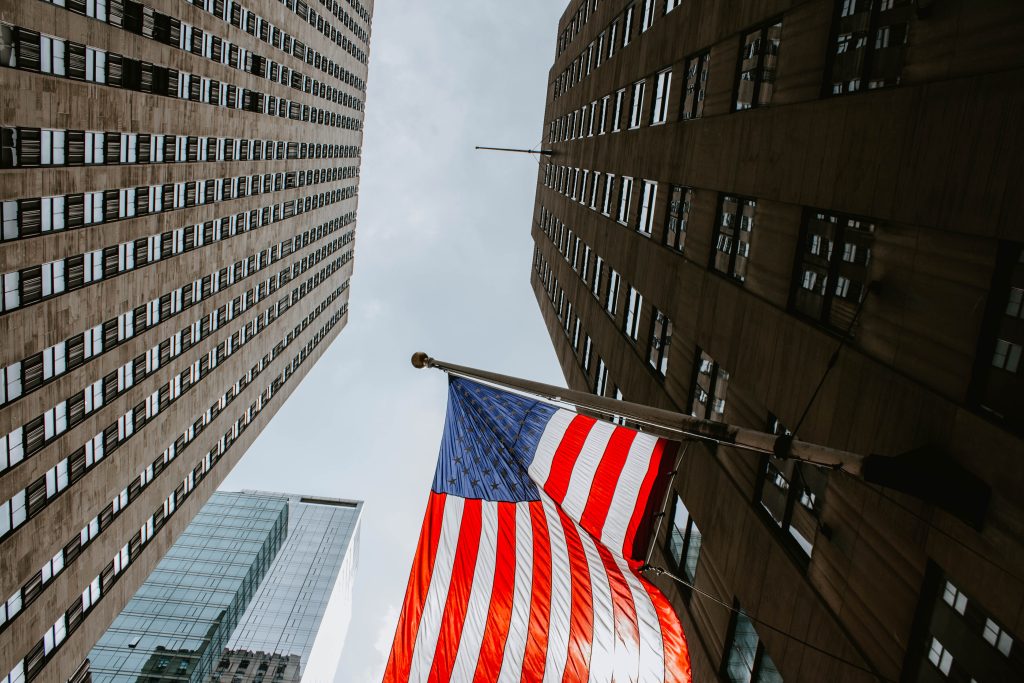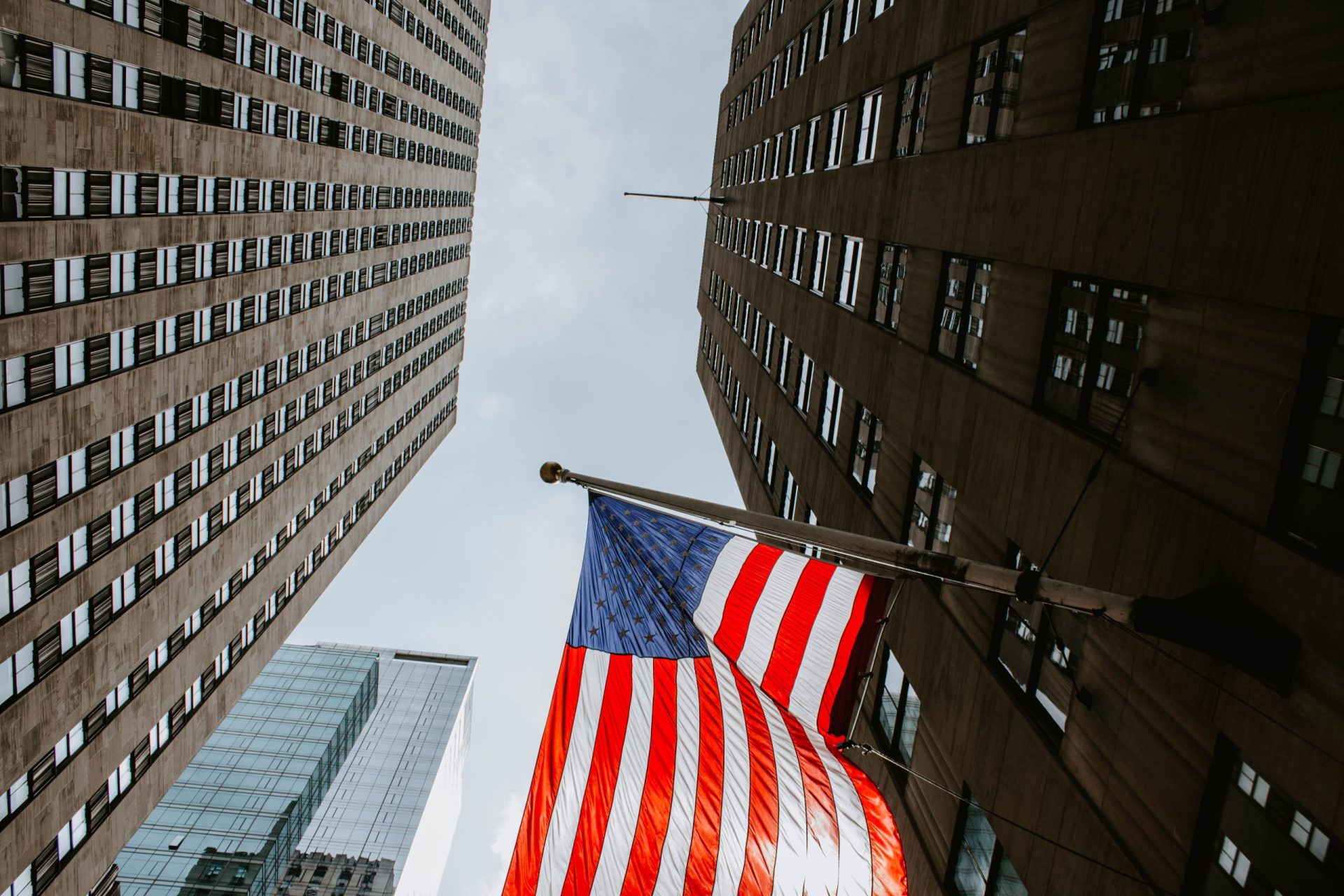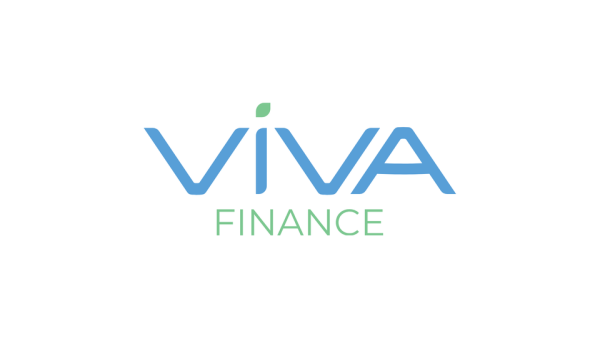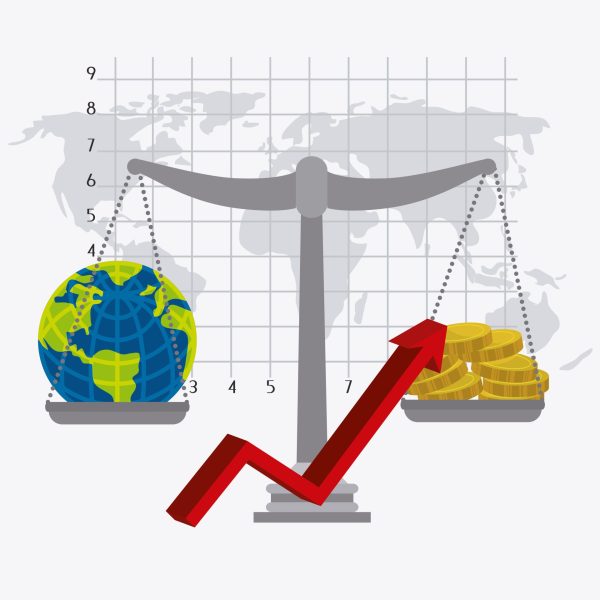The COVID-19 pandemic has had a profound impact on the US economy, with many industries struggling to stay afloat. One sector that has been hit particularly hard is commercial real estate. The pandemic has created a perfect storm of economic conditions that could lead to a crisis worse than the one that occurred in 2008.

To understand why this crisis may be worse, it’s important to look at the factors that have contributed to the current state of the commercial real estate market. The pandemic has led to widespread closures of businesses, which in turn has led to a decline in demand for commercial real estate. As a result, many landlords are struggling to find tenants and are offering steep discounts on rents.

In addition to the decline in demand, there is also an oversupply of commercial real estate. Before the pandemic, there was already a glut of office and retail space in many cities, with developers building new properties at a rapid pace. With the pandemic exacerbating the oversupply issue, it’s unlikely that demand will be able to catch up anytime soon.
Another factor contributing to the potential crisis is the high levels of debt that many commercial real estate owners have taken on. In the years leading up to the pandemic, interest rates were low, and lenders were eager to finance commercial real estate projects. However, with the pandemic causing many tenants to default on their leases, owners are struggling to make their mortgage payments.
Furthermore, with the decline in demand for commercial real estate, many property owners are finding it hard to sell or refinance their properties. This is leading to a further decrease in liquidity in the market, which is putting additional pressure on commercial real estate owners.
Finally, the pandemic has led to a shift in the way people work and shop. With many companies adopting remote work policies and consumers turning to online shopping, the demand for office and retail space is likely to decline even further in the coming years. This means that owners of commercial real estate may have to reposition their properties or risk losing tenants altogether.
All of these factors suggest that the commercial real estate market in the US is headed for a crisis worse than the one that occurred in 2008. However, it’s important to note that the situation is not entirely bleak. Some sectors of commercial real estate, such as industrial properties and data centers, have seen increased demand due to the pandemic. Additionally, the government has implemented various programs to help commercial real estate owners, such as the Paycheck Protection Program.
Despite these positive developments, the long-term outlook for commercial real estate remains uncertain. To survive the crisis, owners will need to be flexible and innovative in their approach. They may need to consider converting their properties to other uses, such as residential or healthcare facilities, or exploring new markets and geographies.
Moreover, owners should also explore alternative financing options, such as crowdfunding or private equity. These options can provide access to capital without the constraints of traditional lenders and offer the potential for higher returns. Furthermore, owners can explore different financing strategies to reduce their debt burden and increase their liquidity.

Another way owners can mitigate the impact of the crisis is by improving the energy efficiency of their properties. This can reduce operating costs and make the properties more attractive to tenants. Owners can also explore smart building technologies, such as automation and sensors, to improve the overall efficiency of their properties.
The COVID-19 pandemic has created a challenging economic environment for the commercial real estate market in the US. While the situation is not entirely bleak, it’s clear that the market is facing significant headwinds and that a crisis worse than 2008 may be on the horizon. To survive the crisis, owners will need to be flexible, innovative, and explore alternative financing options.





